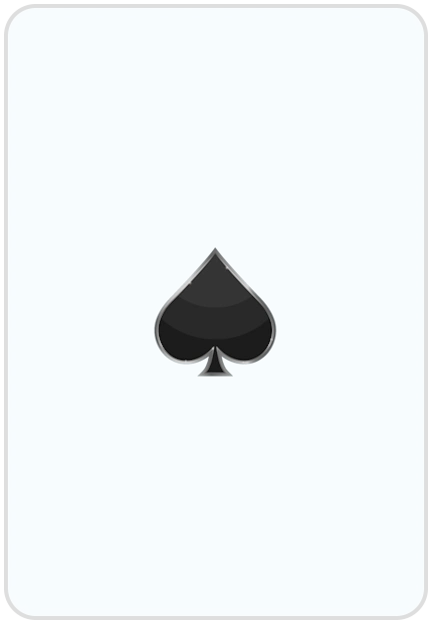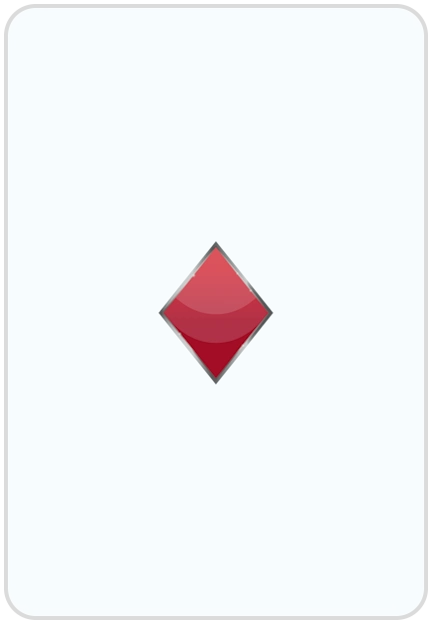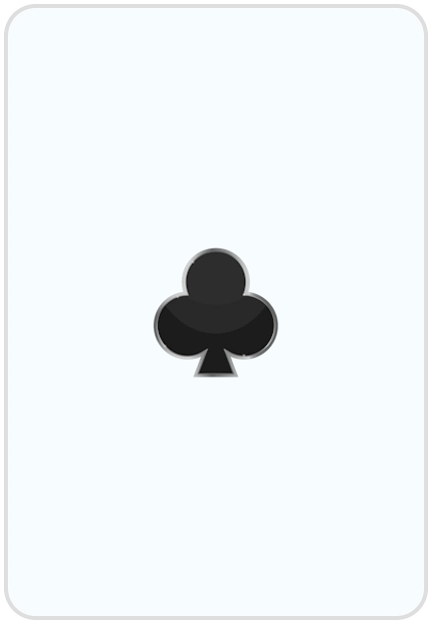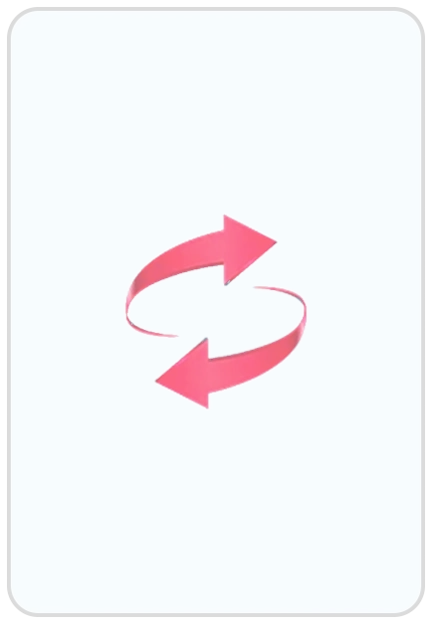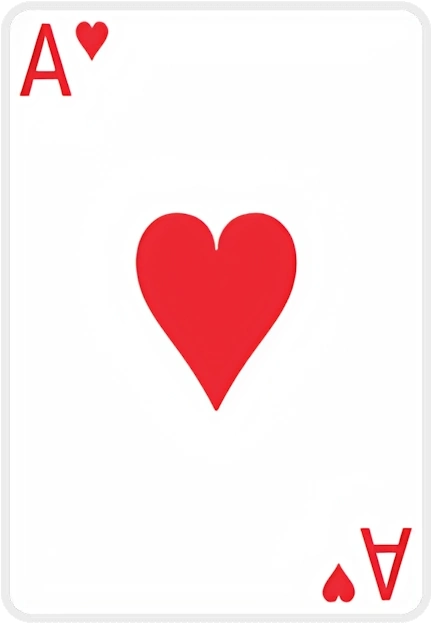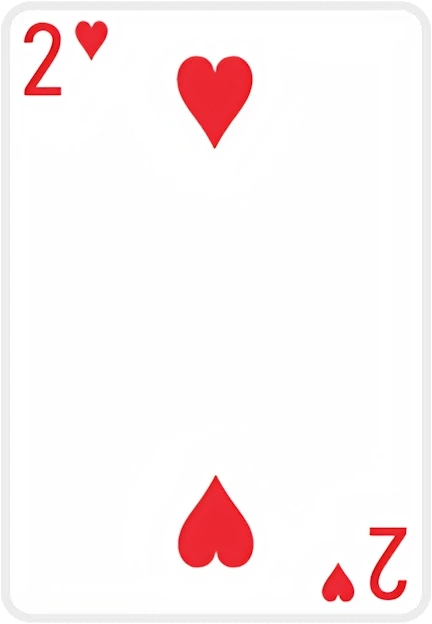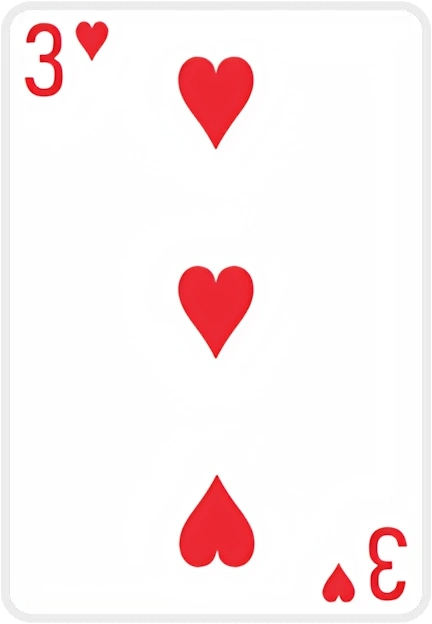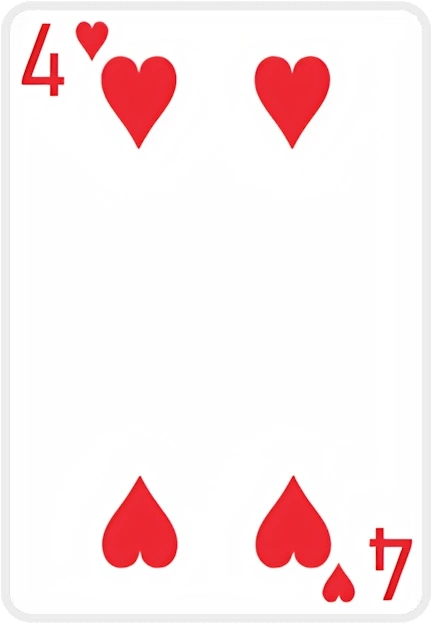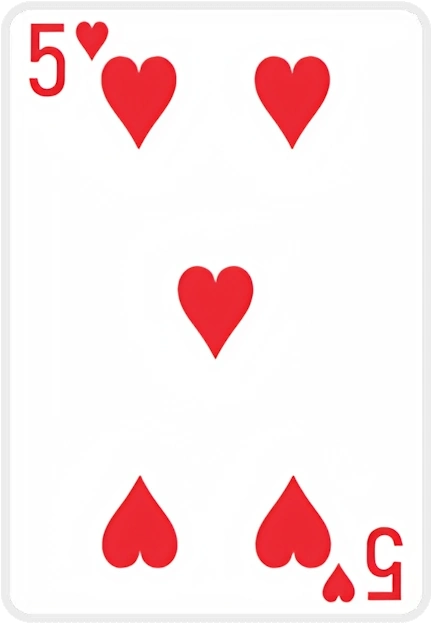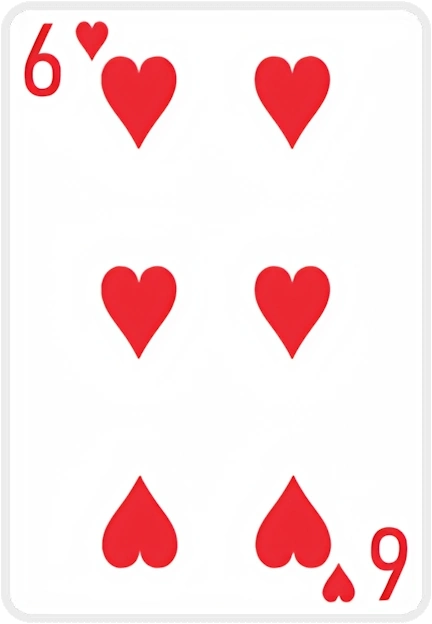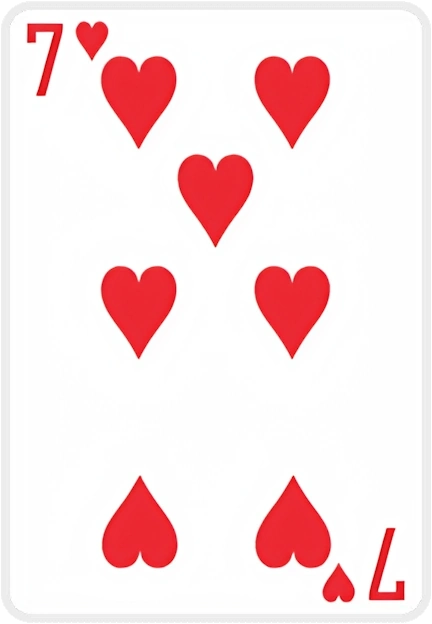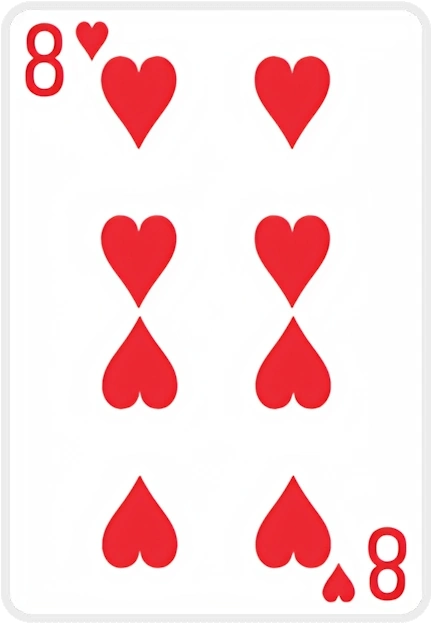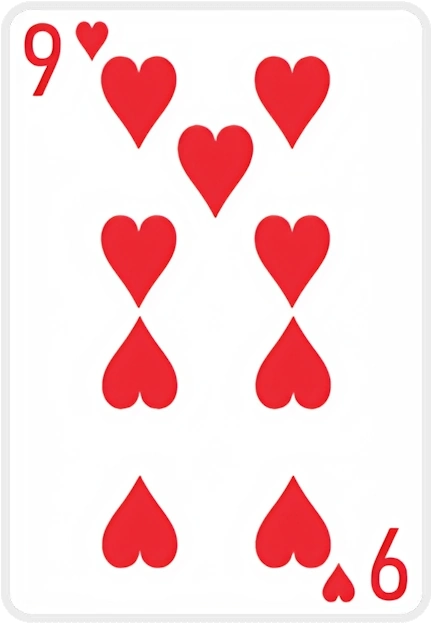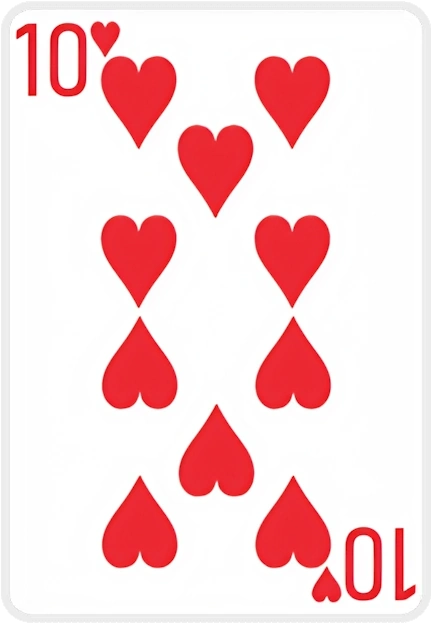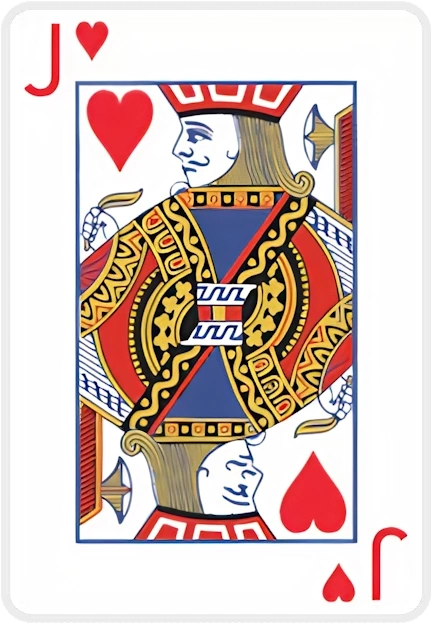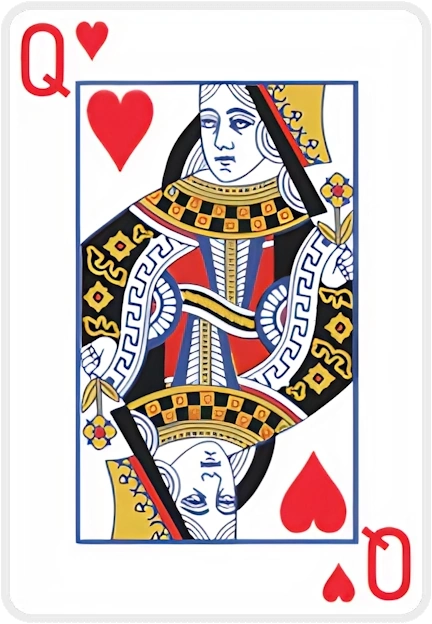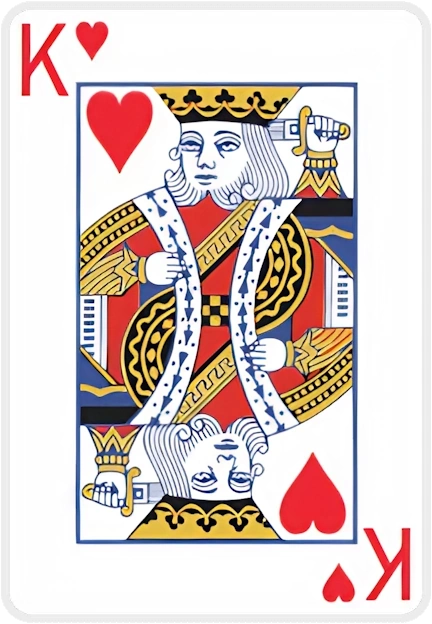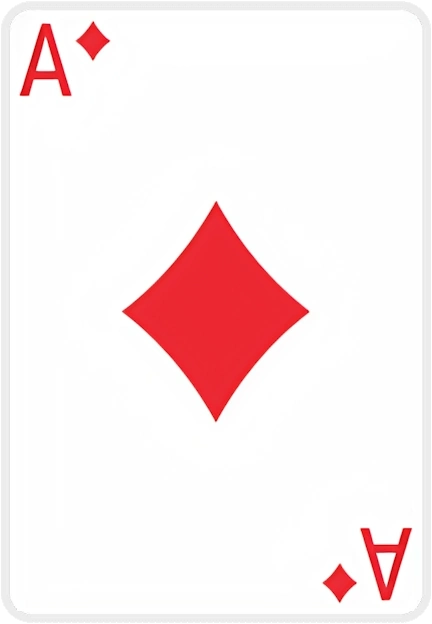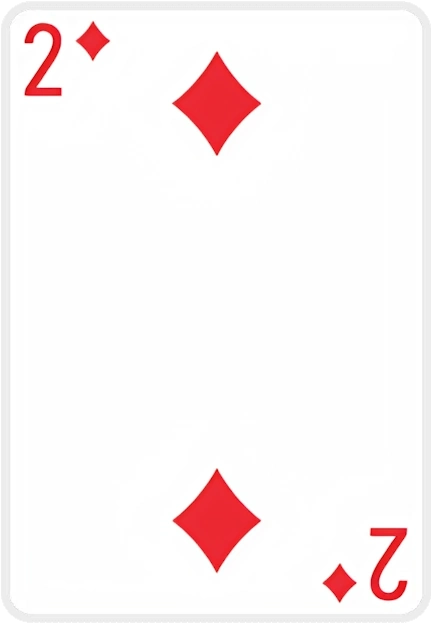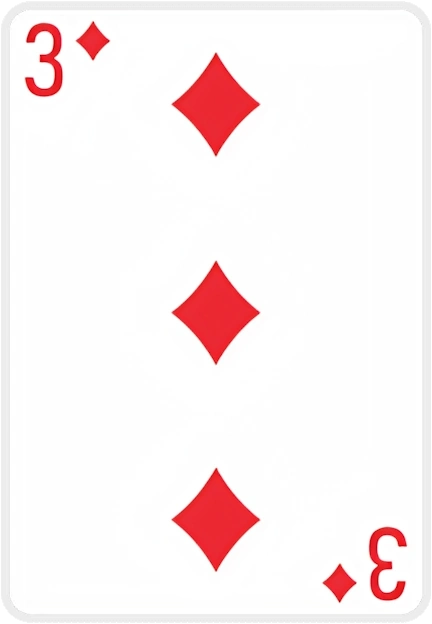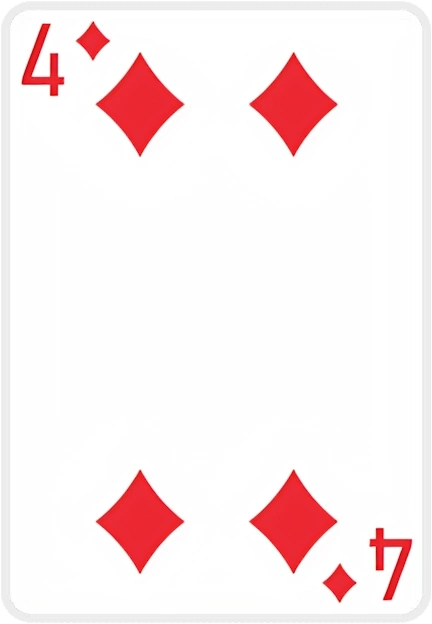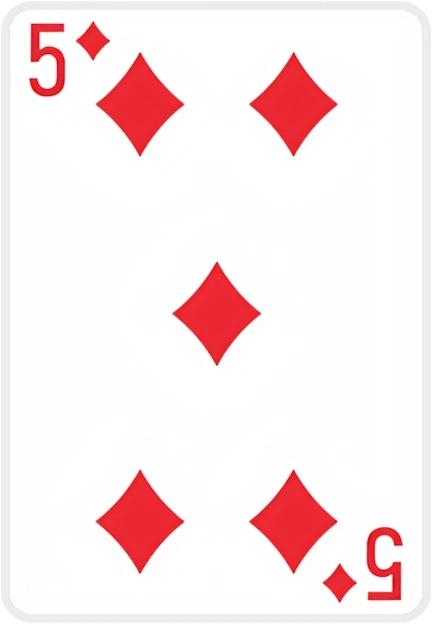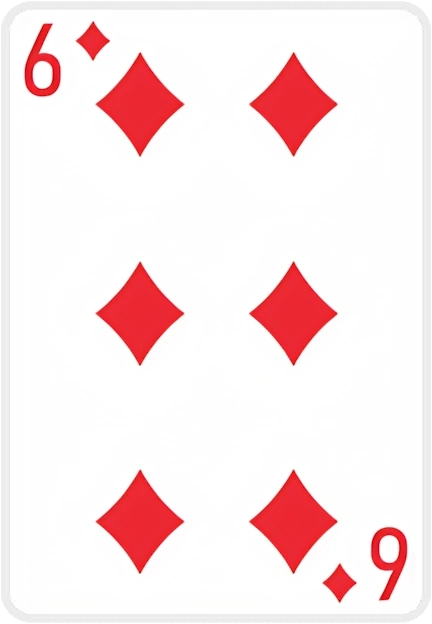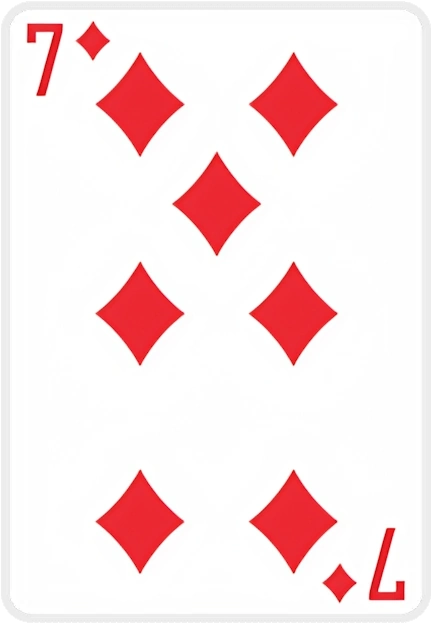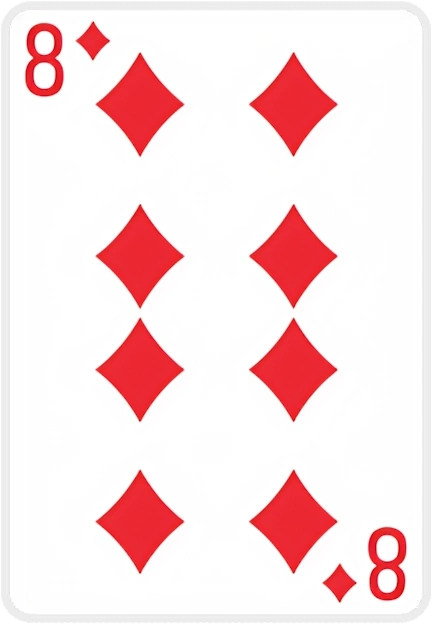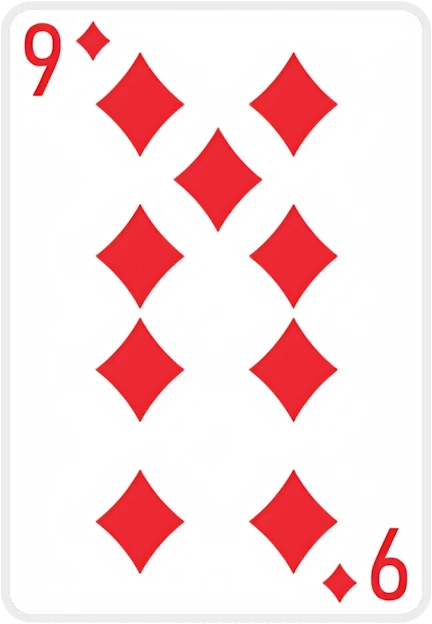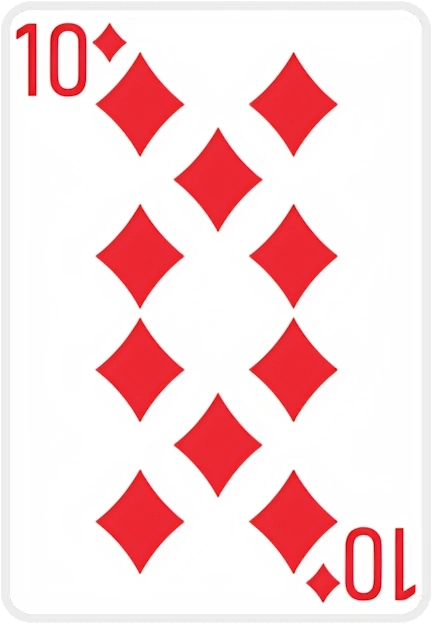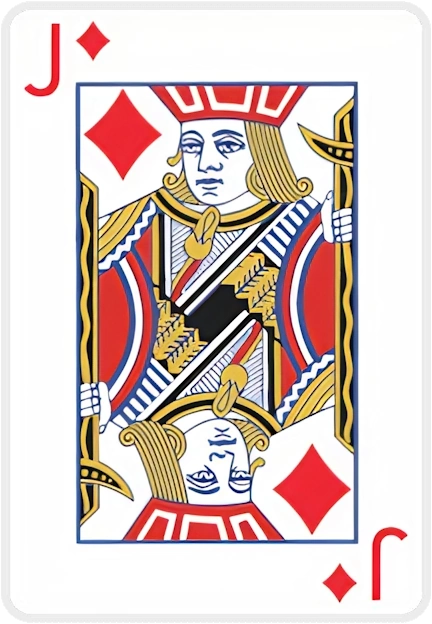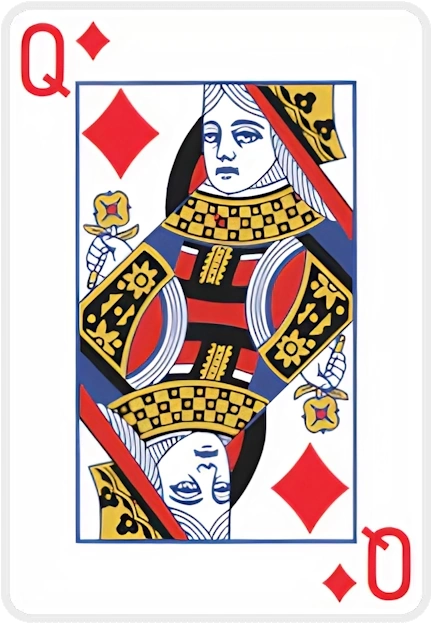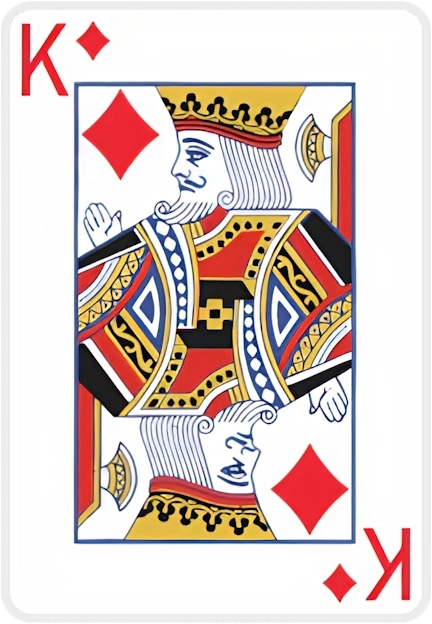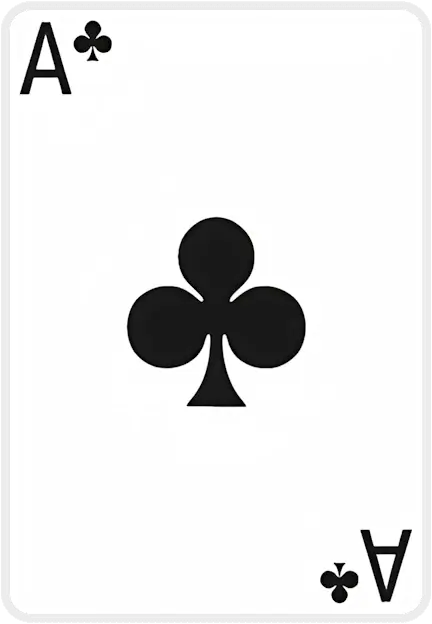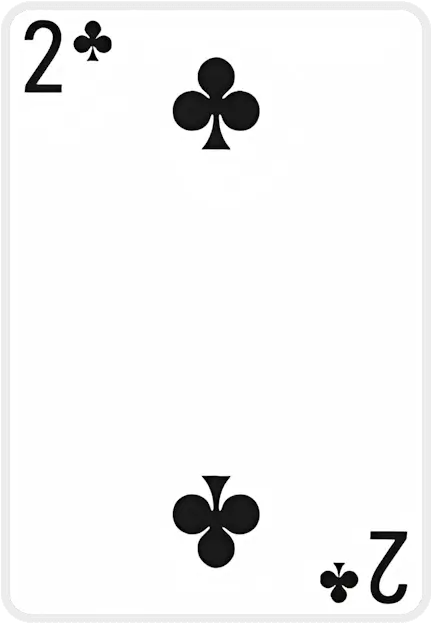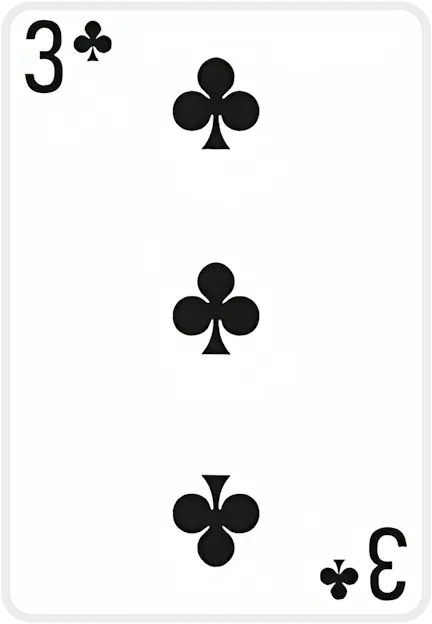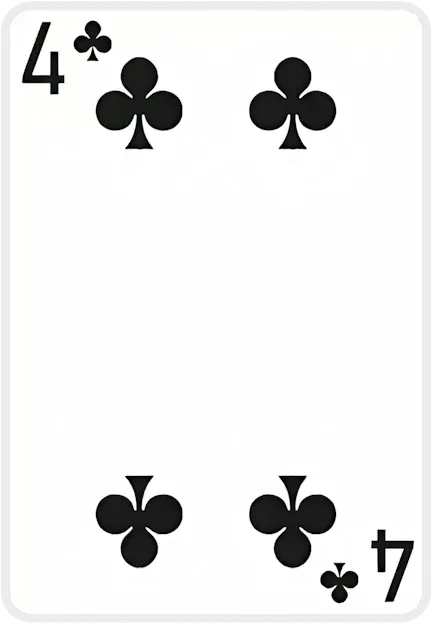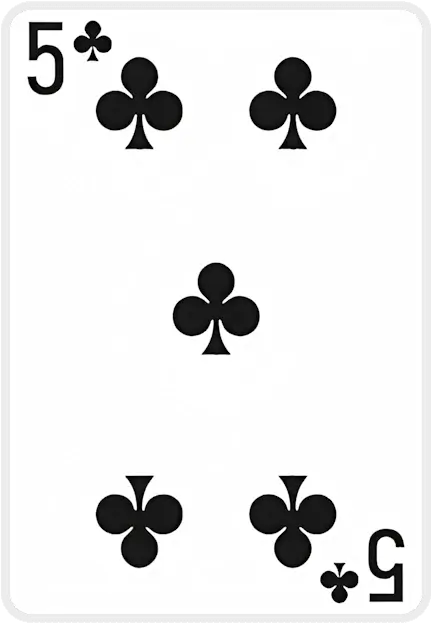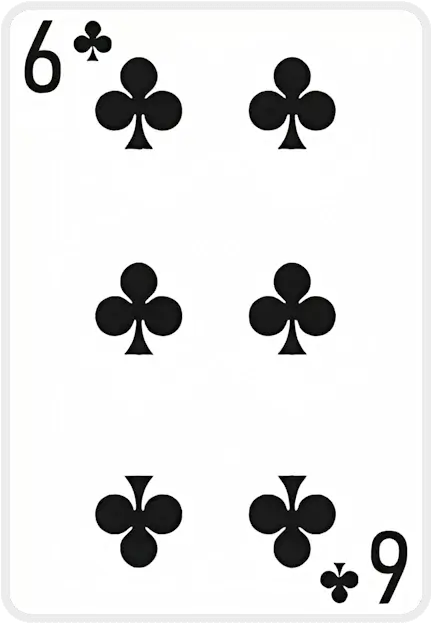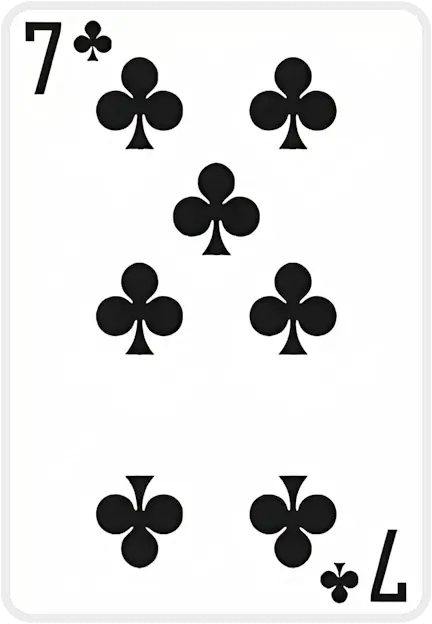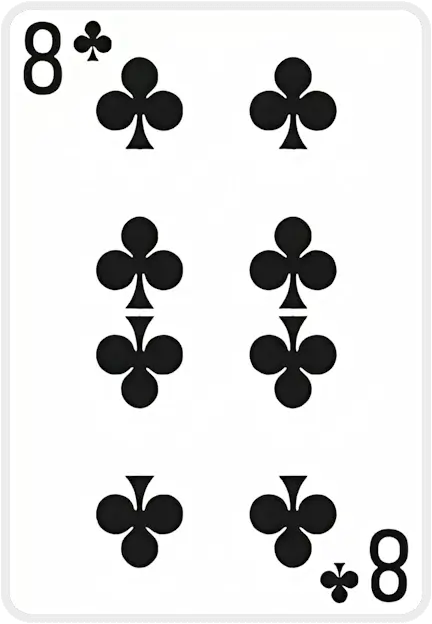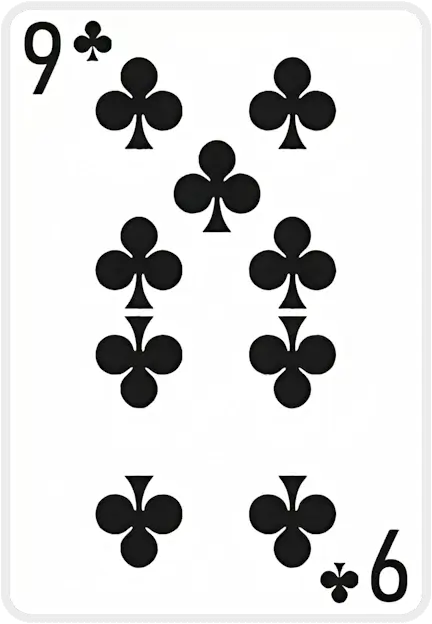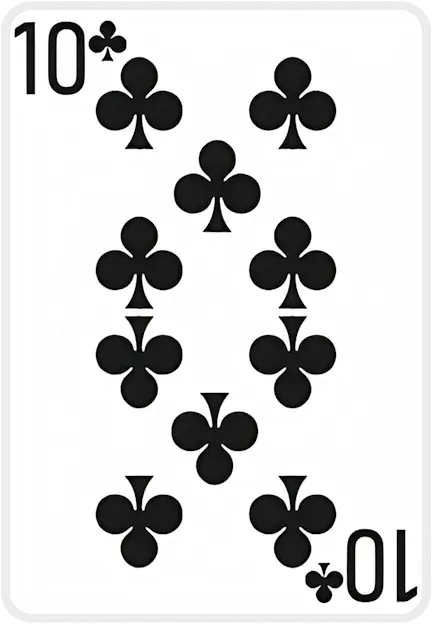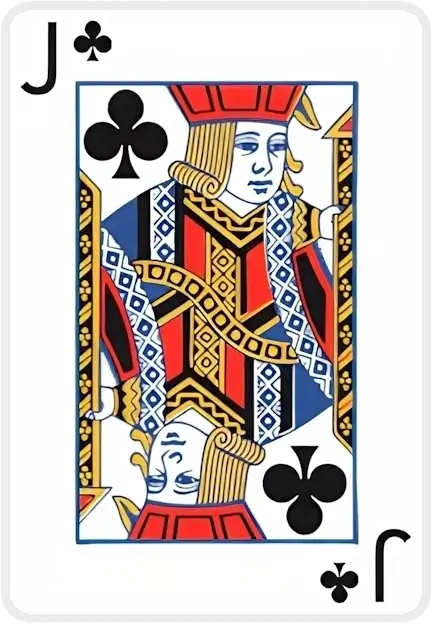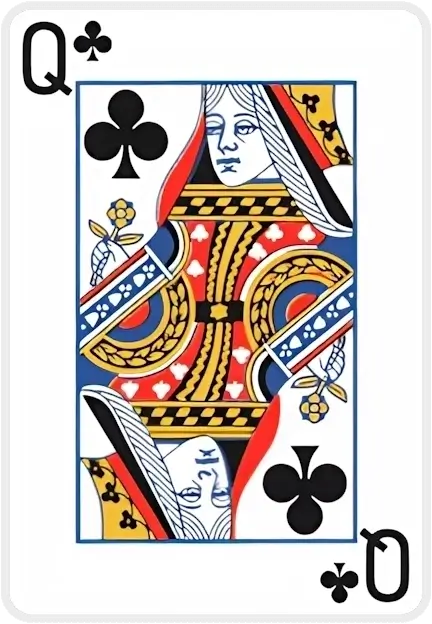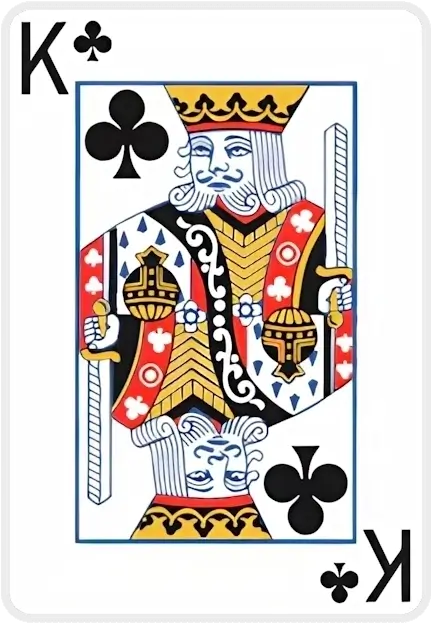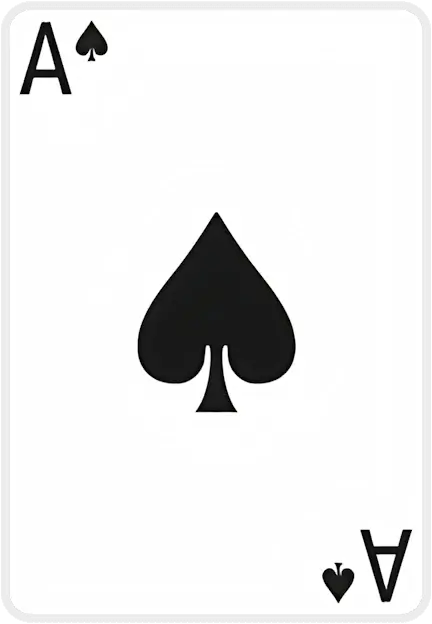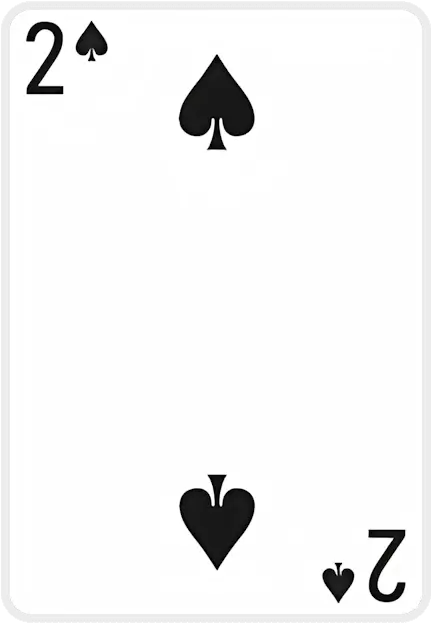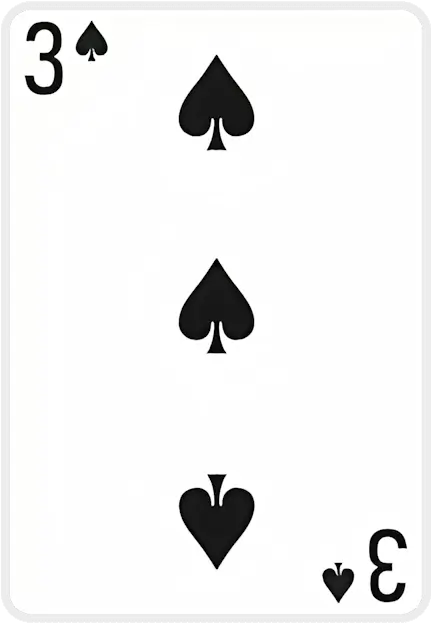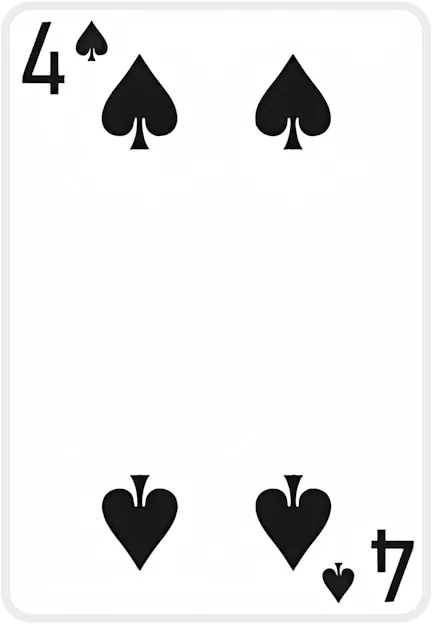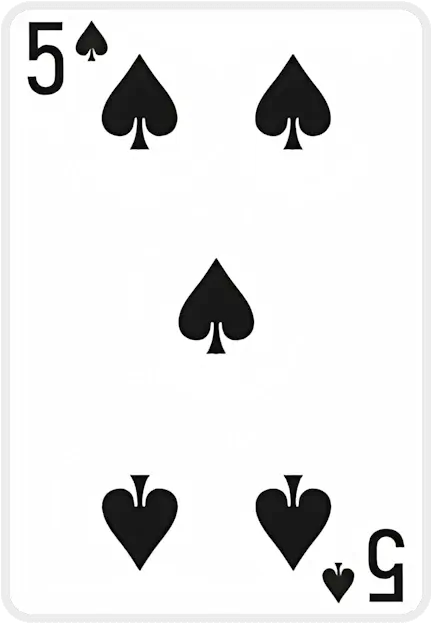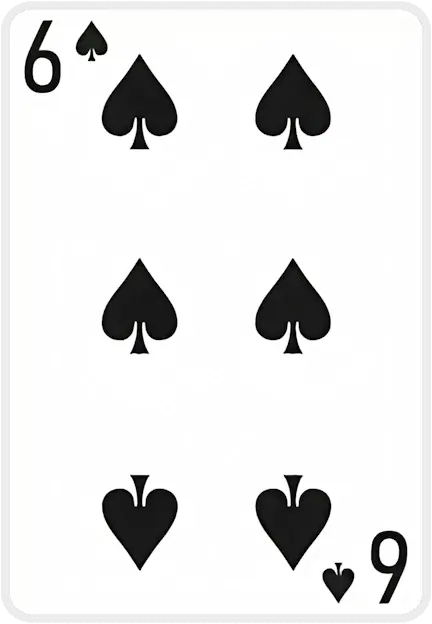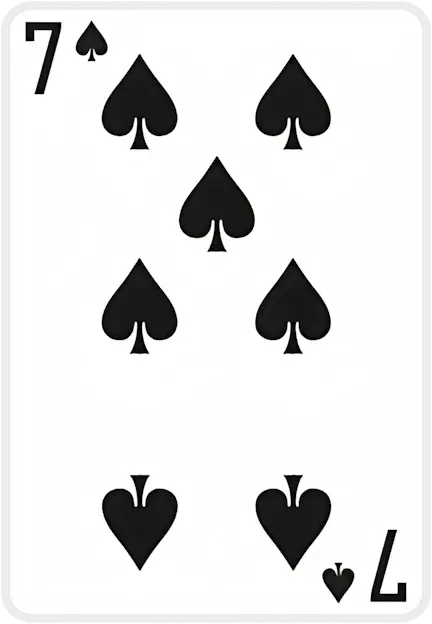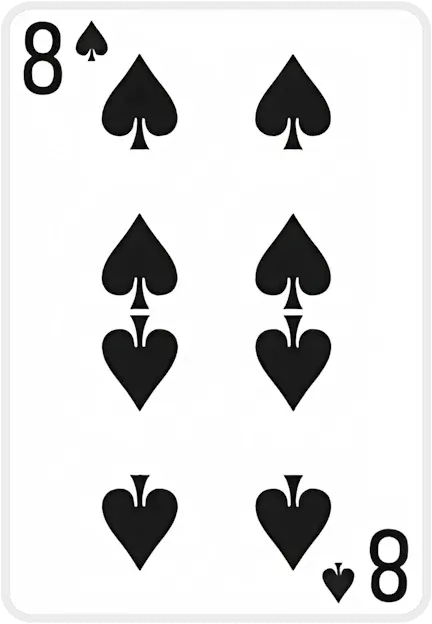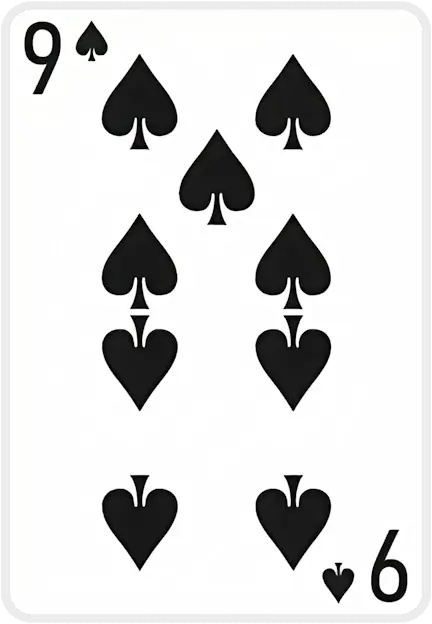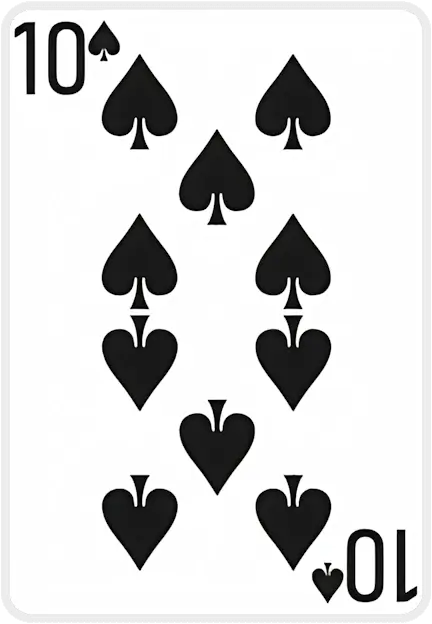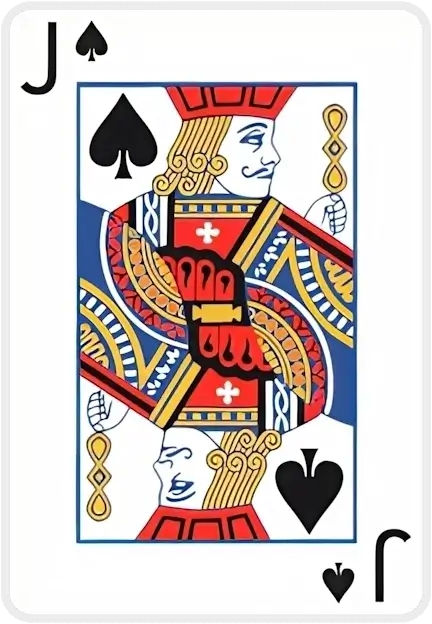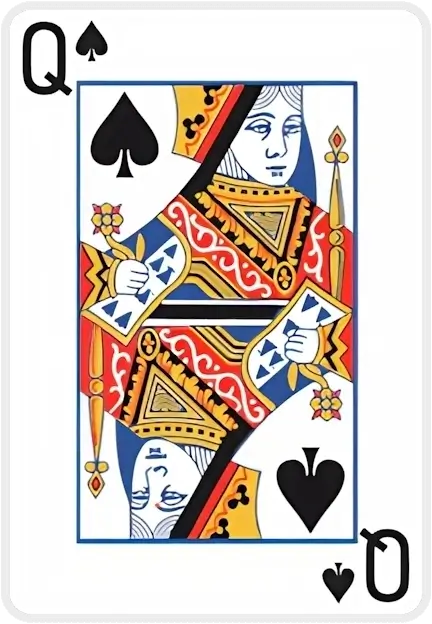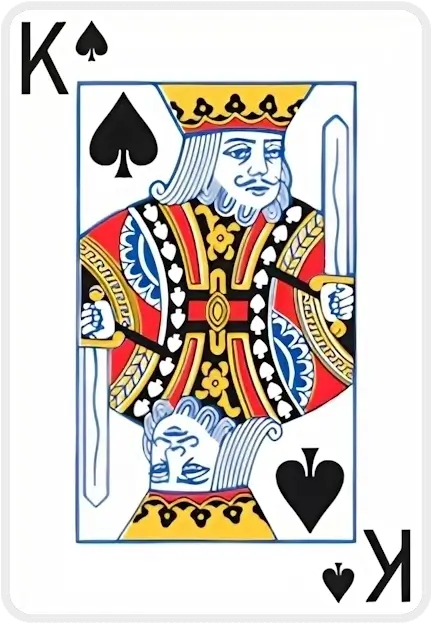Cannot drop, your card needs to be of an opposite suit colour
Cannot drop, your card needs to be one rank lower
Cannot move multiple cards to foundation
Card suit doesn't match foundation pile suit
Card can only be dropped on top of a card pile
Cannot deal cards when there are empty tableau piles
You can only move {0} card(s) at a time based on the current free cells and tableau
The cards don't add up to 13 and cannot be moved
The card is inaccessible and move cannot be performed
Cards must be in sequential order (one higher or lower)
Hole In One Solitaire

Hole in One Solitaire
Game Overview
Hole in One Solitaire is an engaging single-deck card game and a variant of TriPeaks Solitaire featuring a unique one-hidden-card layout. It blends the simple, addictive mechanics of Golf Solitaire (where you remove cards one rank higher or lower than the previous card) with a fun golf theme – you’re aiming for that perfect “hole in one” by clearing the entire board. The objective is straightforward: move all cards from the tableau (play area) to a single foundation pile. When the tableau is completely cleared, you win the game, scoring your “hole in one” by achieving a perfect clear.
This digital version of Hole in One Solitaire offers a casual yet challenging experience. It's easy to learn for new players, but reaching a win can require careful planning and a bit of strategy. With its quick rounds and simple rules, Hole in One is perfect for a short break or a relaxing session – whether you’re a solitaire newbie or a seasoned card game fan.
Rules and Layout
Layout: The game is played with one standard 52-card deck. Ten tableau columns are dealt, with 3 face-up cards in each column (30 cards total visible on the tableau). In addition to these, there is one extra card dealt face-down (the single hidden card in the game). This hidden card is initially not playable – it will be revealed once you clear the cards covering it. Only the top card of each column (the card with no other card overlapping it) is available for play at any time.
No Tableau Building: Unlike Klondike or other solitaire games, you cannot build or move cards on the tableau itself. There is no building allowed on the tableau piles – you can’t move cards between the columns or arrange them in sequences there. Your only moves are removing exposed cards from the tableau and moving them to the foundation. If a card is not completely free (i.e. another card is partially covering it), you must wait until it becomes exposed by removing the cards above it.
Foundation Pile: There is a single foundation (also known as the waste pile) where all the cards must ultimately go. The foundation starts empty. You may move any exposed tableau card to an empty foundation to begin. After that, the foundation builds on a one-up or one-down sequence: you can place a card on the foundation if it is one rank higher or one rank lower than the current top card of the foundation, regardless of suit or color. For example, if the foundation’s top card is a 7, you can play an 8 or a 6 on it (suit doesn’t matter). This works just like TriPeaks or Golf Solitaire rules – you are “pairing” cards by rank sequence. Note: There is no “wrapping” in rank – you cannot play a King on an Ace or an Ace on a King (sequences end at the Ace and King).
Stock: After the initial deal, the remaining cards (those not dealt to the tableau) form the stock pile. You will use the stock to keep the game going when no more moves are available from the tableau. You flip one card at a time from the stock onto the foundation (waste pile). This card then becomes the new active foundation card that you can build sequences on. Only one pass through the stock is allowed – there are no redeals, so you will not get a second chance with any stock card. This means you should use the stock wisely (more on that in the Tips section). Once you’ve flipped through all stock cards or cleared the tableau, the stock is done.
Winning the Game: The game is won when you have successfully moved all tableau cards to the foundation. In Hole in One Solitaire, that means all 30 face-up cards (plus the one hidden card, once it’s revealed) end up on the foundation pile in a sequential up/down order. If you clear the tableau before exhausting the stock, congratulations – you’ve achieved the coveted “hole in one”, clearing the board completely! If the stock runs out and you still have cards in the tableau that cannot be played, the game ends (you may tally score by how many cards remained, as is common in Golf Solitaire, but a true win requires no cards left).
Strategies and Tips
Even though the rules are simple, a bit of strategy can greatly improve your chances of winning Hole in One Solitaire. Here are some friendly tips to keep in mind:
-
Plan Your Moves: Take a moment to scan the tableau for possible sequences before you start moving cards. Aim for moves that uncover hidden or buried cards and open up your options. For instance, if removing one card will expose the face-down hidden card or free up a column, prioritize that move. Whenever you have a choice (e.g. you can play two different cards of consecutive rank onto the foundation), consider which move will unlock more cards or lead to a longer sequence.
-
Clear the Hidden Card Early: Determine which column contains the single face-down card (it will be the column that initially had that extra hidden card underneath). Focus on clearing that column to reveal the hidden card as soon as possible. The hidden card, once flipped face-up, becomes available to play and might be the key you need to continue a sequence or finish the game. Getting it out early increases your chances of making more moves later.
-
Maximize Your Sequence Chains: Try to make as many consecutive moves as you can from the tableau without drawing from the stock. The game rewards you for creating long chains of moves (e.g. 5-6-7-8-7-6, and so on). Each card you remove in a row is one less card blocking the tableau. Every time you draw from the stock, your current sequence will end and a new sequence begins. So, it’s often better to play all available moves on the tableau before flipping a stock card. Look for opportunities to go on a run: for example, playing a 3 onto a 4, then a 2 onto the 3, then an Ace onto the 2, all in one go. These long runs clear multiple cards and improve your odds of victory.
-
Use the Stock Wisely: Because you only get one pass through the stock, avoid using it too soon or too liberally. Do not flip a stock card unless there are absolutely no moves left on the tableau. If a move is available in the tableau, make that move first rather than rushing to deal from the stock. Flipping a stock card prematurely might block future moves or waste a card that could have been used later. In essence, save the stock for when you truly need a new base card to continue. This strategic patience can be the difference between clearing the board and getting stuck with remaining cards.
-
Mind the Aces and Kings: Remember that sequences can’t wrap around from King to Ace. Aces and Kings are “dead-ends” in terms of building sequences (Ace can only go on 2, and King can only go on Queen). Be cautious about when you play these cards. If possible, try not to leave an Ace or a King as the last card in the foundation sequence unless the tableau is nearly cleared or the next stock card can continue from it. For example, if your foundation is showing a Queen and you have a choice to play either a King or a Jack onto it, playing the Jack first might be wiser – it keeps the sequence flexible (as you can then play a 10 or Queen next), whereas dropping a King would stop the sequence until a Queen appears. Keeping sequences flexible for as long as possible will help you use more cards in one go.
By using these strategies – planning ahead, making optimal moves, and judiciously using the stock – you’ll increase your chances of achieving a win in Hole in One Solitaire. Like sinking a putt in golf, a little forethought goes a long way!
Cross-Platform Play
One great feature of Hole in One Solitaire’s digital version is its cross-platform availability. You can enjoy the game on a desktop computer, laptop, tablet, or smartphone – the gameplay experience is smooth and intuitive on any screen size. The game runs directly in modern web browsers, so no downloads or installations are needed. Whether you’re taking a quick break at your desk or winding down on the couch with your phone, Hole in One Solitaire is just a click away. The controls are simple: tap or click cards to move them, and the interface will highlight valid moves for you, making it easy to play anytime, anywhere.
More TriPeaks Solitaire Fun
If you love the one-up/one-down TriPeaks-style gameplay of Hole in One, there are plenty of other games in this family to explore. Be sure to check out SolitaireX’s collection of free TriPeaks-style solitaire games for more pyramid and peak-clearing fun. Each variant puts a new twist on the formula, so you can continue to enjoy fresh challenges.
Also, for a classic TriPeaks experience, you might enjoy playing another version of TriPeaks Solitaire available on our site. You can try the traditional TriPeaks Solitaire game here, featuring the iconic three-peak layout and the same easy-to-learn rules. Whether you stick with Hole in One Solitaire or branch out to other variations, there’s a whole world of solitaire games waiting for you. Have fun, and happy card-clearing!
Case Studies
All figures below come directly from our database. Using first-party data ensures every insight is evidence-based, up-to-date, and privacy-respectful.
| Game Tier | Stand-out Titles | Win Rate |
|---|---|---|
| Quick Wins | Spider (1 Suit), Hole-in-One, TriPeaks | 70–84% |
| Fair Challenges | Solitaire (Draw 1) – 913 k plays FreeCell, Golf |
45–63% |
| Expert-Level | Spider (4 Suits), Forty Thieves, Double Scorpion | ≤11% |
Curious which moves turn the odds in your favor? Explore all the data & strategies →
What people say about us
Interview with Beverley Walker-Daury
At 87, Beverley Walker-Daury shares how SolitaireX brings joy, companionship, and purpose to her days in a retirement home.
Player Interview: Poul Andersen
Poul Andersen shares how playing SolitaireX helps him keep his brain sharp and active.
Player Interview: Peter Gross
Peter Gross, 81, shares how SolitaireX became his go-to place for relaxing Freecell games and friendly competition.
Player Spotlight: St0Sh0’s Record-Breaking Runs on SolitaireX
We sit down with speed-solitaire sensation St0Sh0 to talk record times, favorite variants, and why SolitaireX is his go-to card-game hub.
Fresh from the SolitaireX Blog

Decks & Destinations: The Solitaire Traveler Series Part 5: Berlin — Strategy & Culture Walks
Berlin’s rhythm of reflection and structure pairs perfectly with Solitaire’s calm logic. This guide invites travelers to explore the city’s culture and canals with a few mindful moves between each stop.

Decks & Destinations: The Solitaire Traveler Series Part 4: Tokyo – Mindful Play in a Fast City
Tokyo’s fast pace hides countless moments of calm — perfect for a mindful round of Solitaire. This traveler’s guide pairs iconic spots with short, focused play sessions to restore clarity on the go.

Decks & Destinations: The Solitaire Traveler Series Part 3: Seattle — The PC-Era Vibe
Seattle’s rain-washed calm pairs perfectly with Solitaire’s quiet focus. This traveler’s guide shows how to blend sightseeing, coffee breaks, and short, finite puzzles into a mindful PC-era rhythm.

Decks & Destinations: The Solitaire Traveler Series Part 2: London – From “Patience” to Presence
London’s slower moments pair perfectly with Solitaire—once known locally as “Patience.” This traveler’s guide blends calm city rhythms with mindful card play to help you recharge between adventures.
Latest guides crafted by Stoyan Shopov and Kalin Nikolov
Golf Solitaire Mastery: Strategy, Stats & Flow
Deal 7 columns of 5 face‑up cards (35 total). The remaining 17 cards*form the stock; flip the first stock card to start the waste. You may move only exposed tableau cards, and only if the rank is exactly one higher or lower than the waste top. Suits don’t matter. When no move exists, flip a new waste card. Clear all tableau cards to win.
TriPeaks Solitaire Mastery: Strategy & Analytics
Two peaks are dust; one stubborn ridge remains. Your waste shows a 9. The tableau flashes 10‑J‑10‑9‑8 like a heartbeat. You nudge the 10, feel the cadence lock in, and—without overthinking—trace a neat descent that crumbles the last peak. That tiny spark of *flow* is why TriPeaks hooks serious players: rhythm, restraint, and the rush of a run that arrives exactly on time.
Pyramid Solitaire Mastery: Strategy, Stats & Joy
Picture the pyramid down to its last stubborn tier: a Queen pinned beneath a ridge, a lone Ace on the waste, and a King begging to be burned for tempo. Heartbeat, breath, click—then the whole structure yields in a rush. If you’ve hit that razor‑edge finale, you already know Pyramid’s secret: small decisions, made in the right order, change everything.
FreeCell Solitaire Mastery: Strategy & Analytics Guide
I have a 15 years personal, lived experience—picture a scene built from thousands of session logs and notes from serious players: It’s late, and the board looks jammed. You clear a single column, free one cell, and suddenly a 9♣‑8♦‑7♣‑6♦ chain glides into place, untying the knot you stared at for ten minutes. The rush isn’t luck—it’s the quiet pleasure of a plan snapping into focus. When did FreeCell last feel less like “killing time” and more like practicing a craft you can actually master?
Media About Us
0


